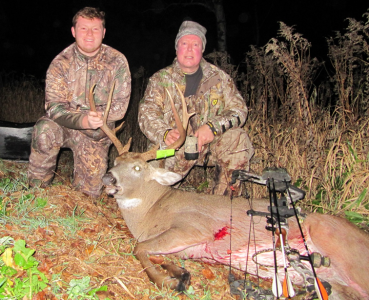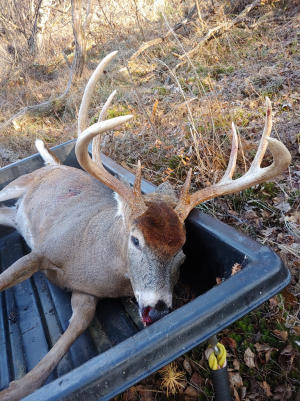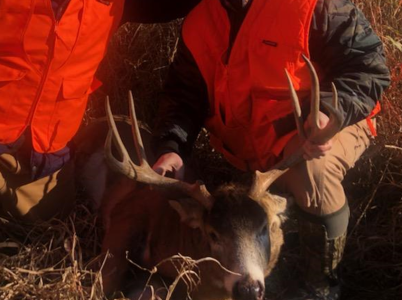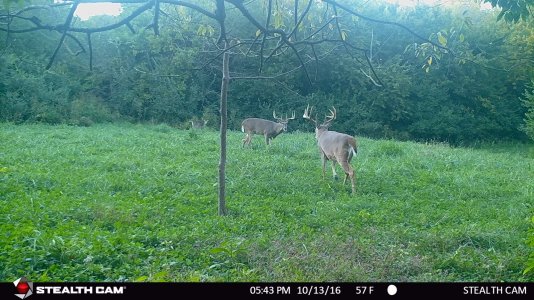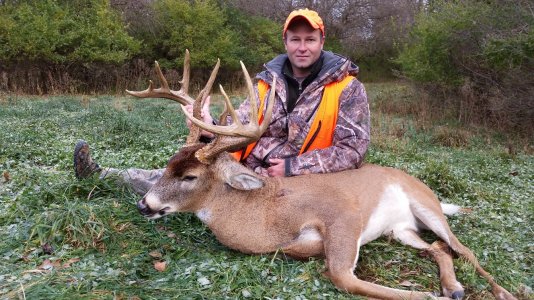Triple C
5 year old buck +
Non food plot bucks since 2012.
1st buck killed on farm. Bottomland hardwoods next to swamp.
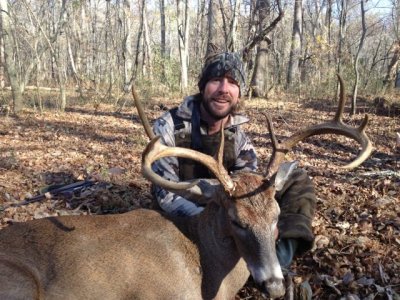
2013: My 1st buck from hardwoods.
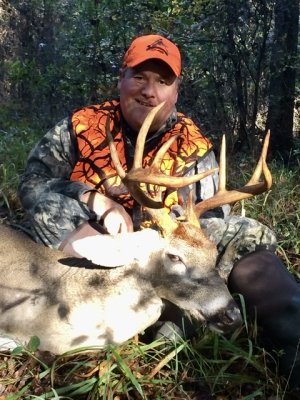
2016: 1st P&Y buck for son killed in bottomland hardwoods during rut.
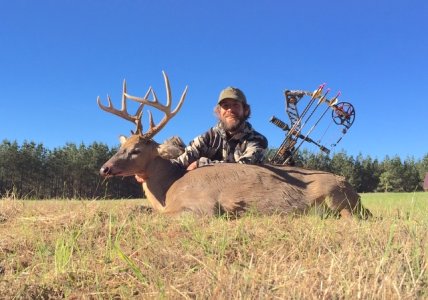
Maybe unique to my property but not 1 buck taken from a micro/kill plot in all the years of owning property. If u came and visited and chose a stand to hunt my guess is u would choose one of the micro plot stands because they look so “deery” nestled in the hardwoods and hidden.
This from a state with a 3 month long firearms season and 2 buck tags / 10 antlerless tags per hunter. 2 yr old bucks get slaughtered.
1st buck killed on farm. Bottomland hardwoods next to swamp.

2013: My 1st buck from hardwoods.

2016: 1st P&Y buck for son killed in bottomland hardwoods during rut.

Maybe unique to my property but not 1 buck taken from a micro/kill plot in all the years of owning property. If u came and visited and chose a stand to hunt my guess is u would choose one of the micro plot stands because they look so “deery” nestled in the hardwoods and hidden.
This from a state with a 3 month long firearms season and 2 buck tags / 10 antlerless tags per hunter. 2 yr old bucks get slaughtered.

